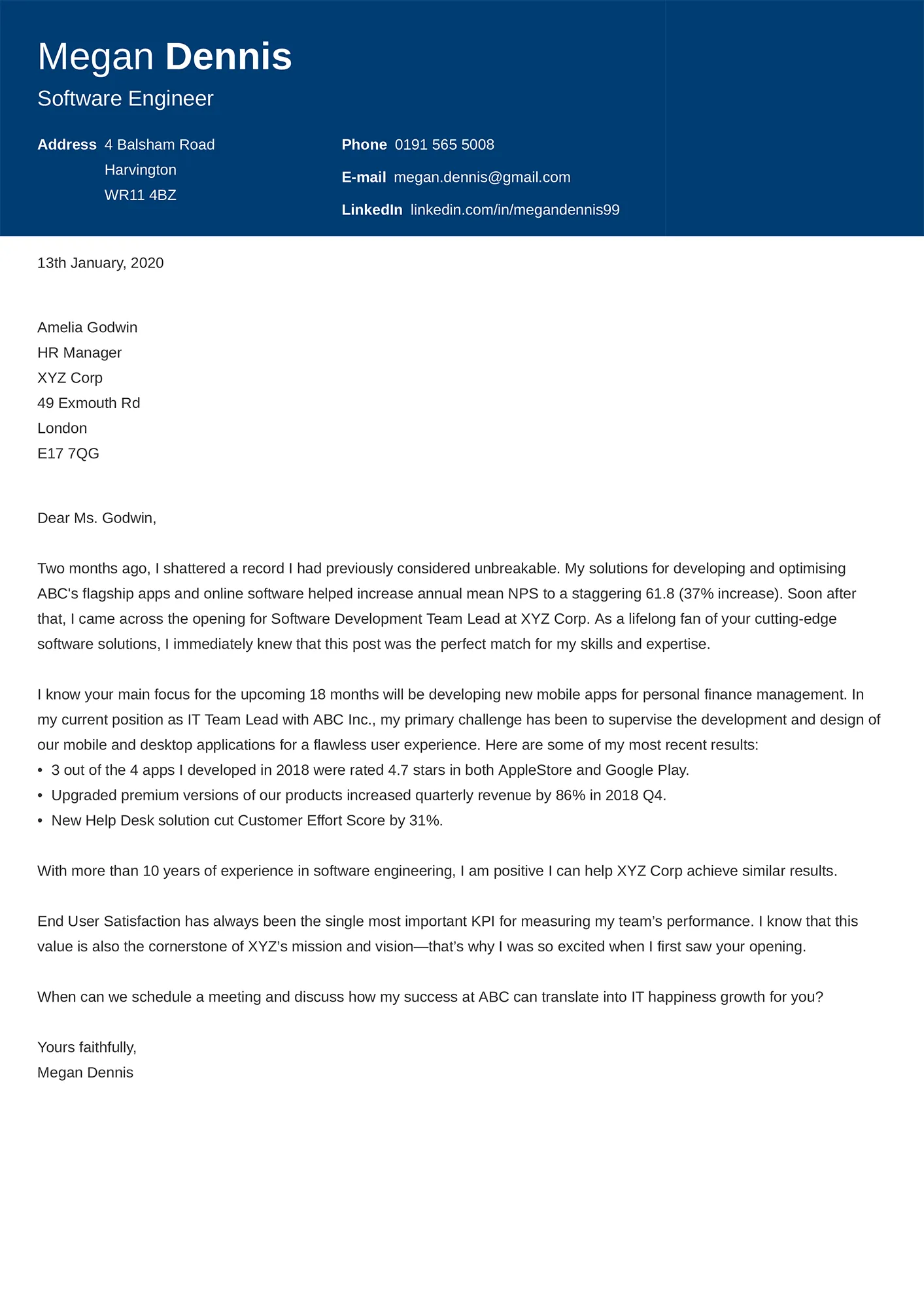Why You Need Job Cover Letter Samples
In today’s competitive job market, a well-crafted cover letter can make all the difference. It’s your first chance to impress a potential employer and demonstrate why you’re the perfect fit for the role. However, writing a compelling cover letter from scratch can be daunting. That’s where job cover letter samples come in handy. They provide a valuable framework, offering inspiration and guidance to help you create a professional and persuasive document. By studying these examples, you can learn how to effectively showcase your skills, experience, and enthusiasm, increasing your chances of landing an interview. Cover letter samples offer numerous advantages, serving as templates, and showcasing best practices for various scenarios.
Understanding the Purpose of a Cover Letter
A cover letter isn’t just a formality; it’s a crucial tool in your job search arsenal. Its primary purpose is to introduce yourself to the hiring manager, highlight your key qualifications, and express your interest in the specific position. Unlike your resume, which provides a factual overview of your experience, a cover letter allows you to tell a story. It gives you the opportunity to explain why you’re interested in the role and the company, and how your skills and experiences align with their needs. It is an opportunity to provide context and add a personal touch, making you stand out from other applicants. Moreover, it allows you to address any gaps in your resume or explain career changes. Understanding this purpose is the first step in writing an effective cover letter.
Key Components of a Compelling Cover Letter
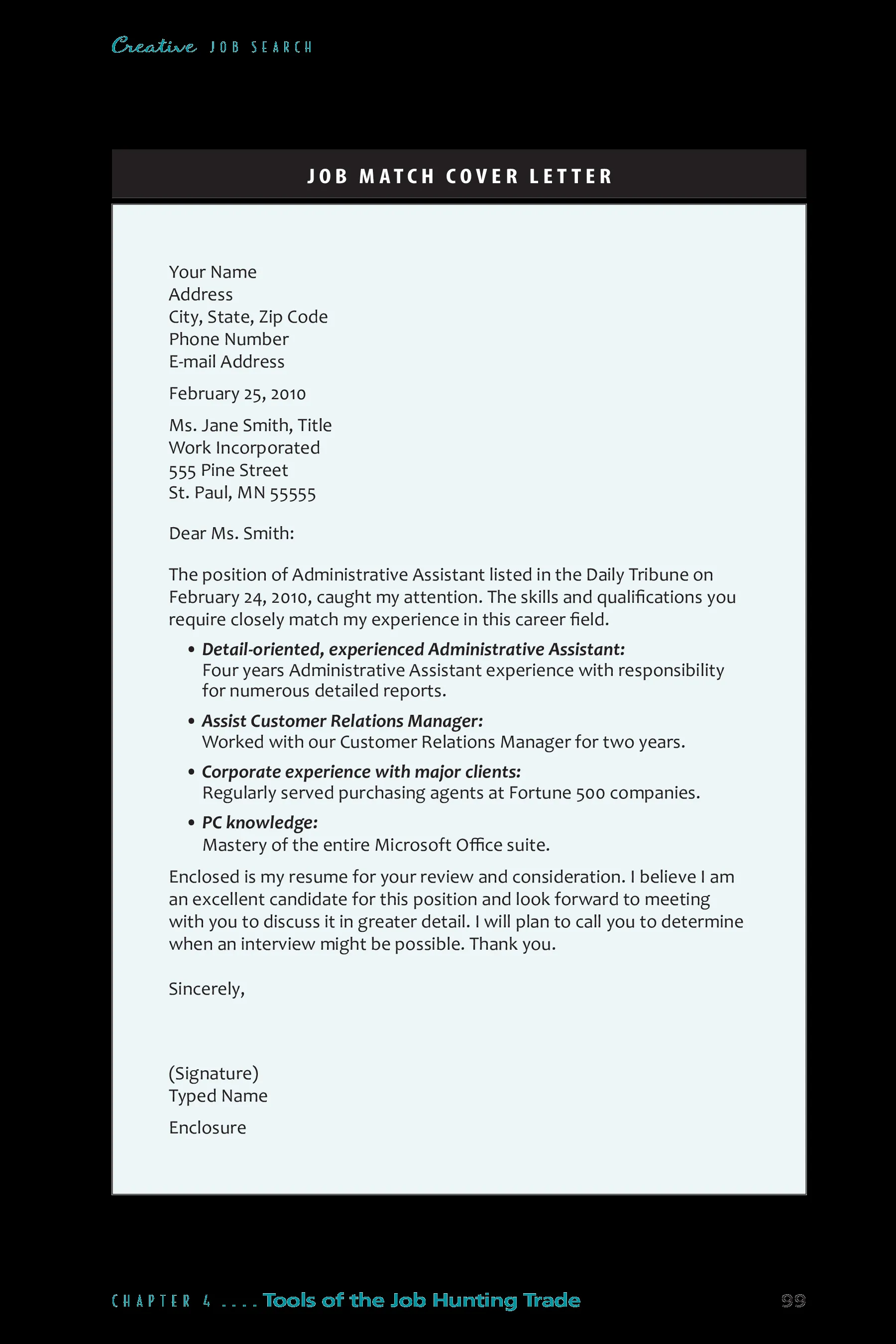
A strong cover letter comprises several key components, each playing a vital role in conveying your message effectively. Mastering these elements is essential for creating a cover letter that grabs attention and gets results. Understanding each component ensures that your cover letter is well-structured, professional, and tailored to the specific job and company. From the header to the closing, each section contributes to a cohesive and compelling narrative. The strategic use of these elements enhances your ability to secure an interview and advance in the hiring process.
Contact Information and Header
Start with your contact information at the top left or right of the page, including your name, phone number, email address, and optionally, your LinkedIn profile URL. The header should also include the date and the hiring manager’s name and title, if known. This ensures your cover letter is easily identifiable and allows the hiring manager to quickly contact you. Ensure the information is accurate and up-to-date to facilitate easy communication with potential employers. A well-formatted header conveys professionalism and attention to detail.
Professional Salutation
Use a professional salutation, such as “Dear Mr./Ms./Mx. [Last Name],” if you know the hiring manager’s name. If the name is unknown, use a general salutation like “Dear Hiring Manager” or “Dear [Company Name] Team.” Avoid overly casual greetings. The salutation sets the tone for the rest of your cover letter. It shows respect and attention to detail, demonstrating that you’ve taken the time to address the recipient correctly. A professional salutation immediately establishes a positive first impression.
The Opening Paragraph Grab Attention
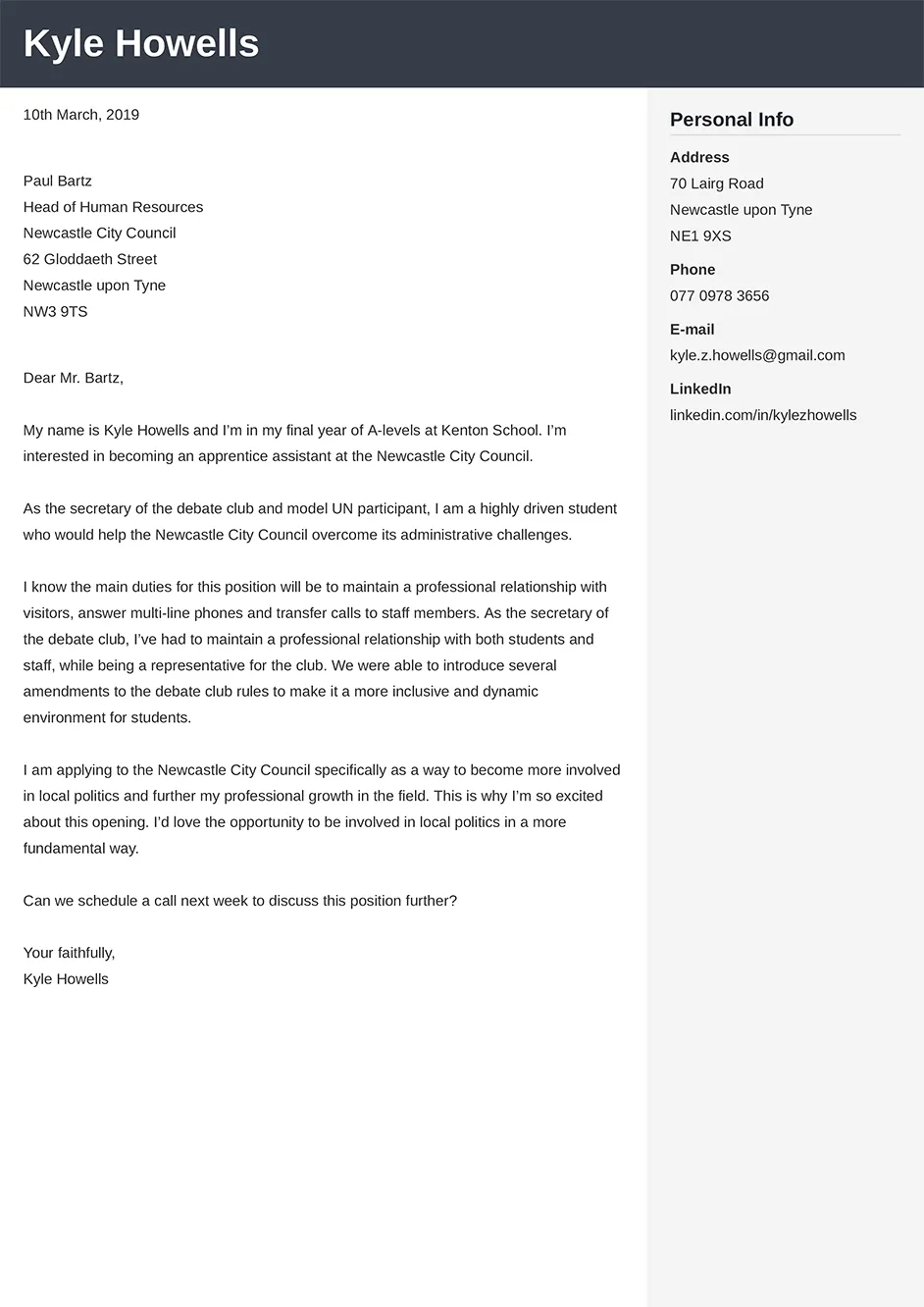
The opening paragraph is your first opportunity to capture the reader’s attention. Start with a strong statement that immediately grabs the reader’s interest. Clearly state the position you’re applying for and briefly mention where you found the job posting. Consider including a brief statement about why you’re excited about the opportunity or the company. This paragraph should be concise and engaging, setting the stage for the rest of your cover letter. Make a memorable first impression, and encourage the hiring manager to continue reading.
Highlighting Relevant Skills and Experience
In the body of your cover letter, focus on highlighting the skills and experiences most relevant to the job description. Mention 2-3 key skills or experiences that align directly with the requirements outlined in the job posting. Provide specific examples of how you’ve demonstrated these skills in previous roles. Use the STAR method (Situation, Task, Action, Result) to structure your examples and provide concrete evidence of your abilities. Tailor your content to the specific role and company, emphasizing what makes you an ideal candidate. Aligning your qualifications with the job’s needs is key to making a strong case.
Showcasing Achievements with Numbers
Whenever possible, quantify your achievements with numbers. Instead of saying “Improved customer satisfaction,” say “Improved customer satisfaction by 15% within six months.” Quantifiable results provide concrete evidence of your impact and demonstrate the value you can bring to the company. Use metrics such as percentages, dollar amounts, or specific figures to showcase your accomplishments. Numbers make your accomplishments more impactful and credible. They prove the value of your contributions in previous roles. Use data to highlight your accomplishments and illustrate your ability to achieve results.
Addressing the Specific Job Requirements
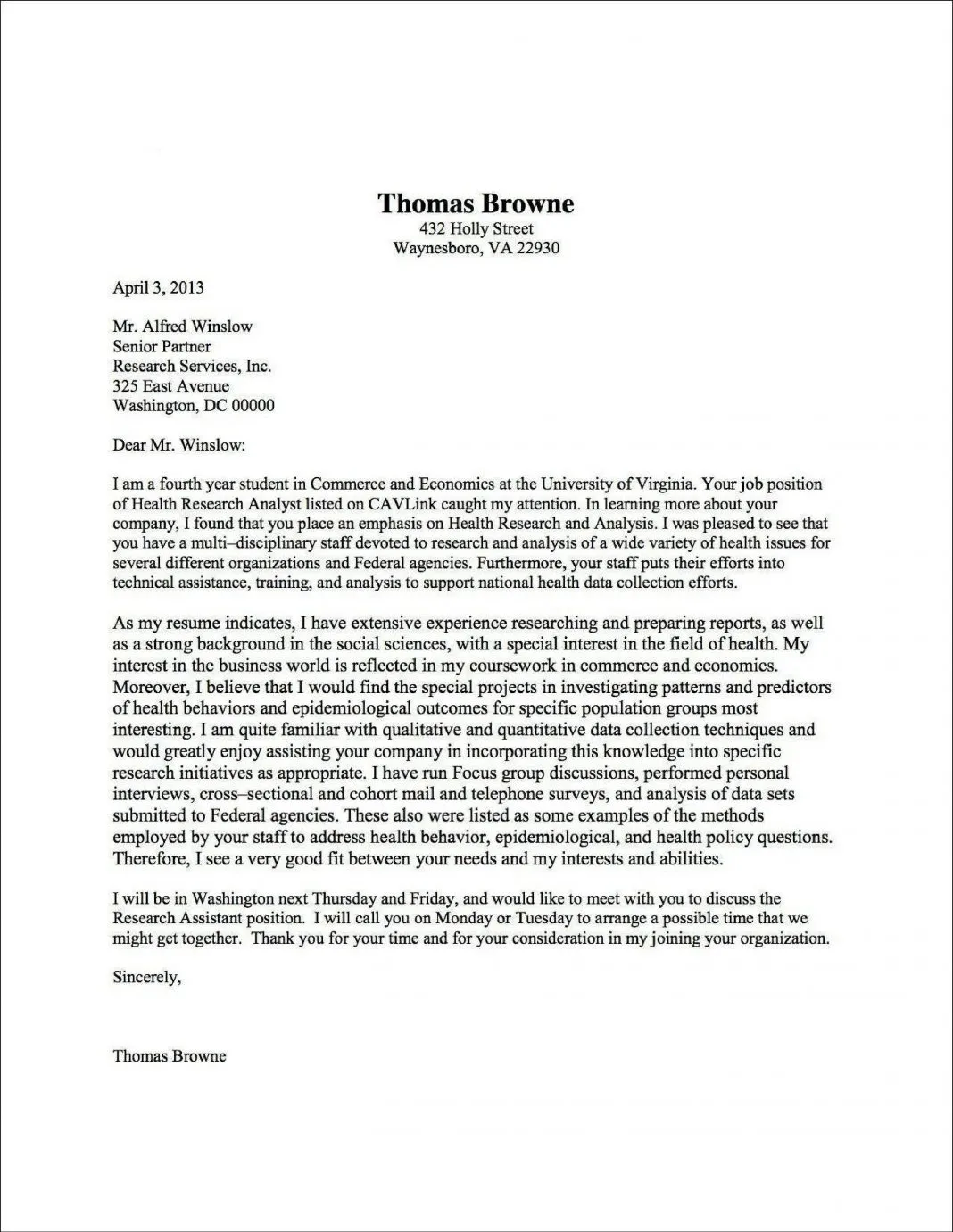
Carefully review the job description and directly address the requirements listed. Demonstrate how your skills and experience align with each of the stated needs. If the job description lists specific software proficiencies, for instance, mention your experience with those tools. Tailor your cover letter to each specific application, and avoid using a generic template. A tailored cover letter that directly addresses the job requirements indicates your interest in the role and your attention to detail. Show the employer that you understand their needs and are prepared to meet them.
Expressing Enthusiasm for the Role
Express your enthusiasm for the role and the company. Explain why you’re interested in the position and what excites you about the opportunity. Briefly mention any research you’ve done on the company and what resonates with you. This shows that you’re genuinely interested and have invested time in understanding the company’s mission and values. Displaying genuine interest in the company and the role helps you stand out. Sharing your enthusiasm makes you a more appealing candidate. Demonstrate your passion for the role and the company.
Demonstrating Company Research
Show that you’ve researched the company by mentioning specific aspects that appeal to you. This could include the company’s mission, values, recent projects, or industry contributions. This shows that you’ve taken the time to learn about the organization, demonstrating genuine interest beyond just the job itself. Use this information to connect your skills and experience to the company’s goals. Displaying knowledge about the company shows your commitment. Align your goals with the company’s. This also shows your understanding of the company’s objectives.
The Closing Paragraph and Call to Action
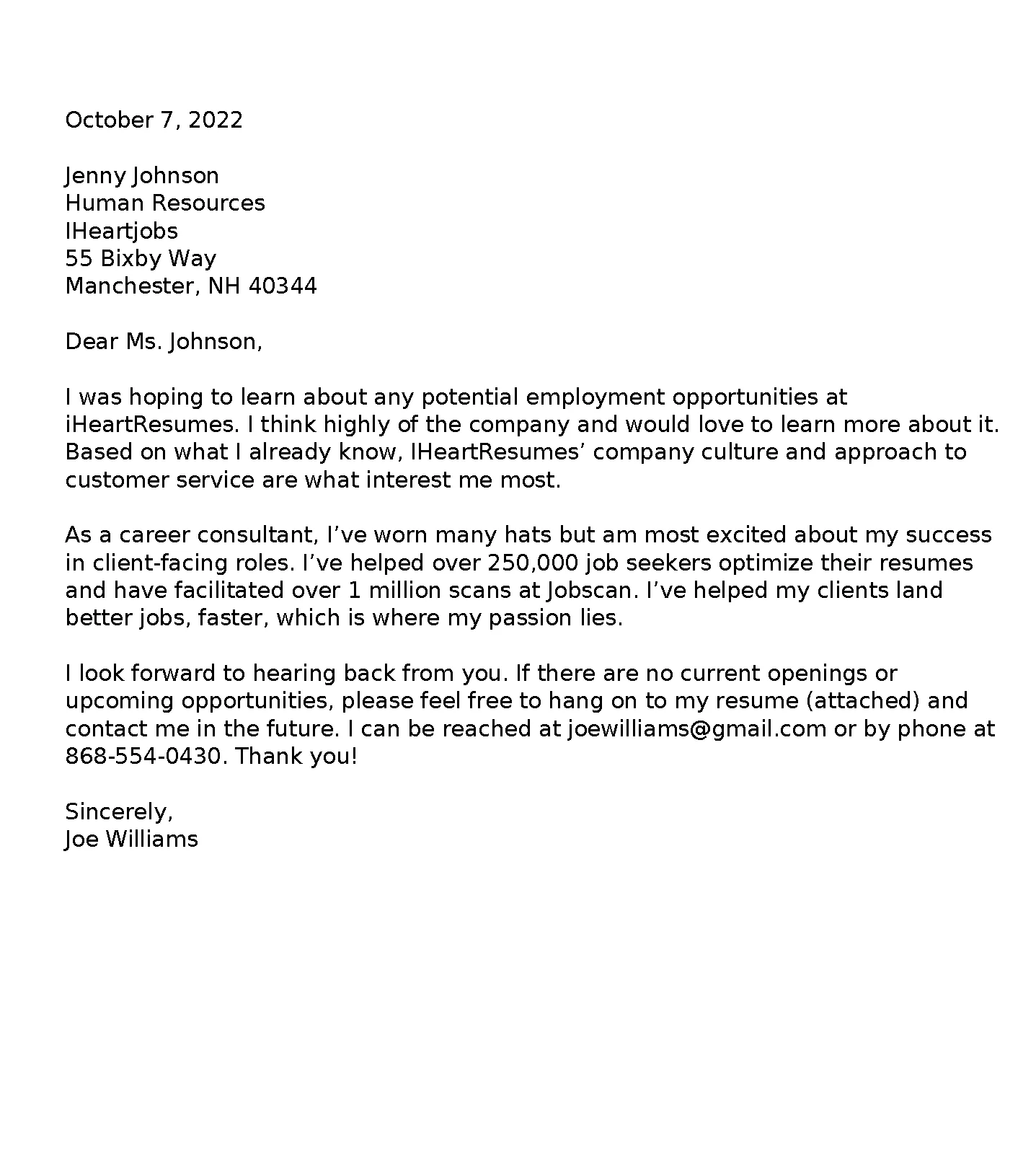
In your closing paragraph, restate your interest in the position and thank the hiring manager for their time and consideration. Include a call to action, such as inviting them to contact you for an interview or stating your availability for a follow-up conversation. Keep the tone professional and enthusiastic. A strong closing paragraph reinforces your key qualifications and leaves a lasting positive impression. Always include a clear call to action to encourage further engagement. Close with confidence, expressing your eagerness to discuss the opportunity.
Reviewing and Proofreading the Cover Letter
Before submitting your cover letter, carefully review it for any errors in grammar, spelling, or punctuation. A polished, error-free cover letter demonstrates your attention to detail and professionalism. Proofread multiple times, and consider having a friend or career counselor review it as well. Ensuring accuracy in your cover letter is a critical step in making a strong first impression. Typos and grammatical errors can undermine your credibility. Accurate and well-presented content enhances your chances of success.
The 7 Top Job Cover Letter Samples
Explore these cover letter samples to gain insights and inspiration for crafting your own. Each example demonstrates effective techniques and styles, designed to help you create a cover letter that stands out. These are proven formats that can be customized for different roles and industries. Examine each one closely to identify best practices and gain a comprehensive understanding of effective cover letter writing. These examples offer practical templates and valuable insights to enhance your job application.
Sample 1 Entry-Level Cover Letter
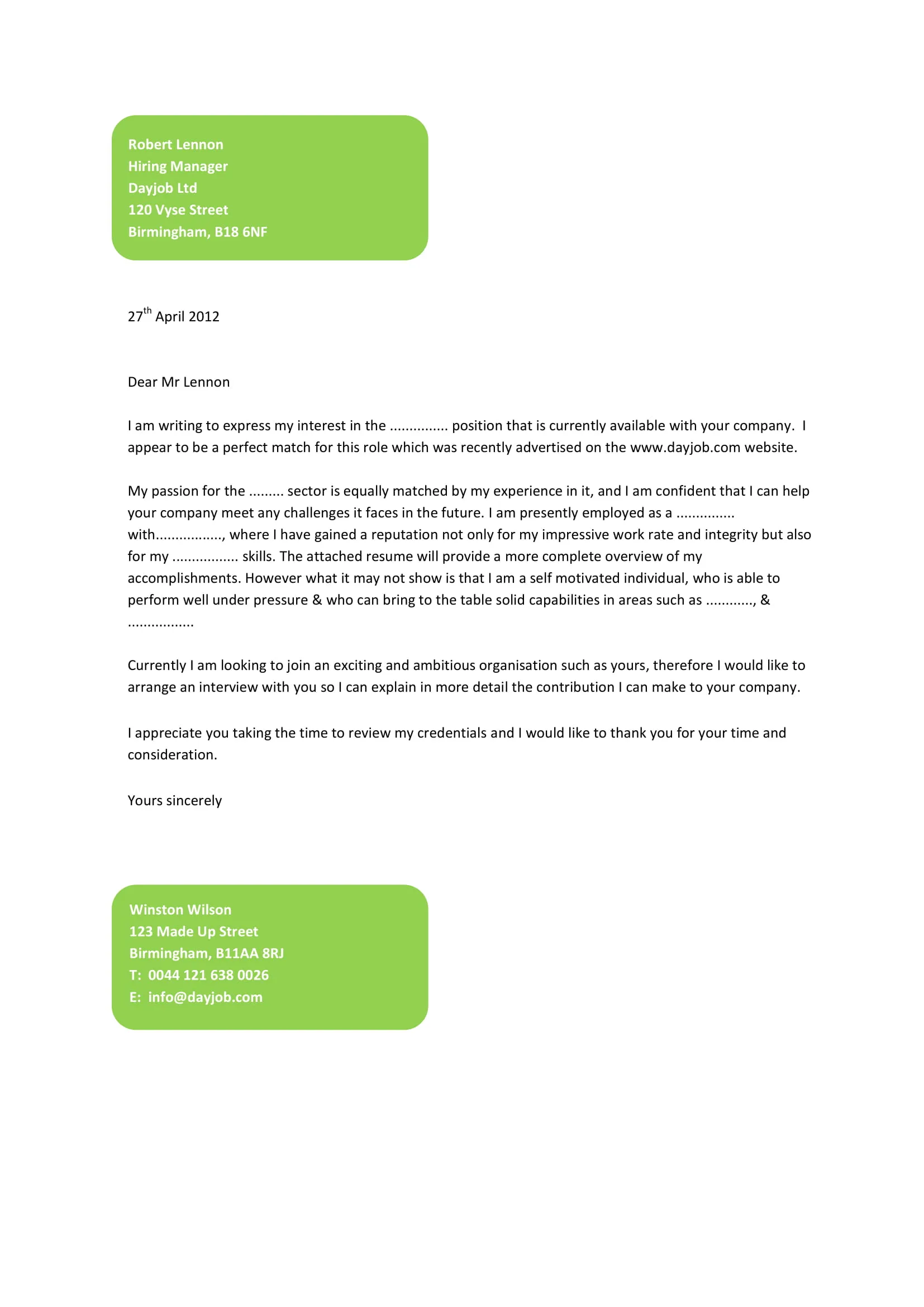
This sample is designed for individuals with limited work experience, such as recent graduates or those just starting their careers. The key is to highlight relevant coursework, internships, volunteer experience, and transferable skills. Focus on your eagerness to learn and your ability to contribute. This sample will emphasize your academic achievements and extracurricular activities. It will also demonstrate your understanding of the job responsibilities and how you align with the company’s values. This entry-level sample focuses on showcasing potential and enthusiasm.
Key Elements of the Entry-Level Sample
Highlights transferable skills like communication, teamwork, and problem-solving. Mention relevant projects or academic achievements that relate to the job. Express your enthusiasm for the role and willingness to learn. The structure often includes a concise opening, a skills-focused body, and a strong closing emphasizing your eagerness. This sample shows how to effectively present yourself. It emphasizes your ability to quickly acquire new skills and contribute to the team. It also focuses on demonstrating your potential and eagerness to make a positive impact.
Sample 2 Cover Letter for Experienced Professionals
This sample targets professionals with a proven track record and extensive work experience. It should showcase your achievements and quantifiable results. Emphasize your skills and expertise in the field. The focus is on highlighting accomplishments and leadership roles. The sample can focus on your significant impact on previous organizations. It must demonstrate how your skills and experience align with the specific requirements of the target position. It is structured to emphasize your value and track record of success.
Key Elements of the Experienced Professional Sample
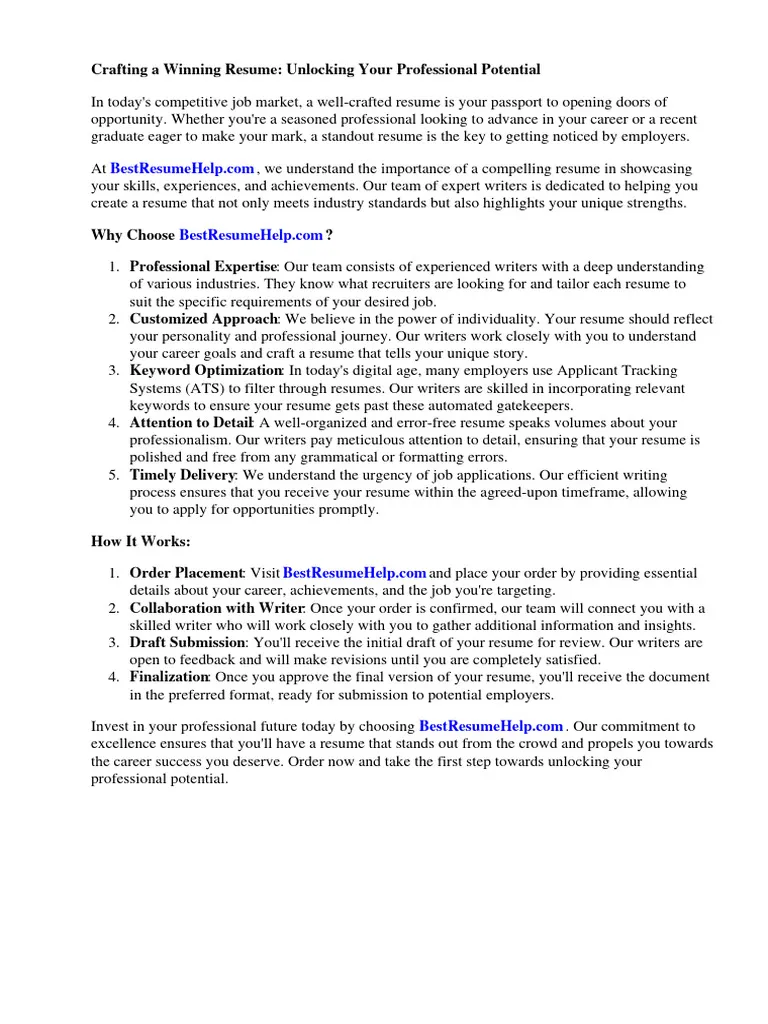
Focuses on quantifiable accomplishments, such as increased revenue, reduced costs, or improved efficiency. Showcases leadership roles and management experience. Uses industry-specific keywords and demonstrates a strong understanding of the job requirements. Emphasizes proven results and a track record of success. This sample highlights your extensive experience. It showcases the impact you have made in previous roles. The experienced professional cover letter is focused on outcomes.
Sample 3 Cover Letter for a Career Change
This sample is designed for individuals transitioning to a new field or role. Focuses on transferable skills and how your existing experience aligns with the new position. Explain your motivations for the career change and highlight relevant projects or experiences. Address any gaps in your resume and showcase your adaptability and willingness to learn. This sample demonstrates how your previous experiences can be valuable in a new context. It provides a clear narrative for career shifts, and showcases the importance of transferable skills.
Key Elements of the Career Change Sample
Clearly explains the reasons for the career change and highlights transferable skills. Provides examples of how existing experience relates to the new field. Addresses any gaps in the resume and emphasizes adaptability. Showcases a strong interest and passion for the new role. It highlights how your previous expertise can be leveraged in a new capacity. The career change sample helps you tell your story effectively.
Sample 4 Cover Letter for a Specific Industry
This sample targets specific industries, such as healthcare, technology, or finance. It will show your understanding of industry-specific jargon, and will highlight relevant experience and certifications. Emphasizes your industry knowledge and demonstrates a strong network. The sample must showcase your understanding of the industry’s challenges and opportunities. Demonstrating familiarity with the industry’s nuances is essential. This sample helps you tailor your letter to each industry.
Key Elements of the Industry-Specific Sample
Uses industry-specific keywords and demonstrates a deep understanding of the field. Highlights relevant experience, certifications, and industry-specific knowledge. Showcases a strong network and passion for the industry. Tailors your letter to the industry’s norms. It proves your comprehensive grasp of the industry. The industry-specific sample caters to specialized professional contexts.
Sample 5 Cover Letter Emphasizing Skills
This sample focuses on highlighting specific skills, such as project management, data analysis, or communication. The emphasis is on the skills that the employer is looking for. Providing specific examples of how you’ve used these skills in the past is key. This format is useful when the job description highlights specific skills. The sample must demonstrate how your skills align with the requirements of the job. Showcasing your skills directly is a compelling approach.
Key Elements of the Skills-Focused Sample
Highlights key skills and provides specific examples of how they have been used effectively. Uses action verbs to describe your achievements and emphasize your abilities. Tailors skills to the job description’s specific requirements. Demonstrates clear examples of skill application. Showcases your ability to contribute to the company’s goals. The skills-focused sample lets you showcase your capabilities directly.
Sample 6 Cover Letter for a Management Position
This sample showcases your leadership experience and management skills. Highlights your ability to lead and motivate teams, manage projects, and achieve results. Demonstrates your strategic thinking and problem-solving abilities. The sample is about demonstrating your ability to manage people and projects effectively. Emphasize your experience leading teams and driving strategic initiatives. The management position sample highlights your leadership prowess.
Key Elements of the Management Position Sample
Showcases leadership and management experience, focusing on team leadership and project management. Highlights experience with strategic planning, decision-making, and problem-solving. Demonstrates the ability to motivate, and build high-performing teams. Provides specific examples of achievements in leadership positions. Highlights your strategic capabilities and leadership skills. The management position sample highlights your leadership competencies.
Sample 7 Cover Letter Highlighting Achievements
This sample focuses on quantifiable accomplishments and tangible results. It’s about using data to illustrate your success. Use numbers to showcase your impact, and highlight specific achievements that align with the job description. This is your opportunity to prove the value you can bring. This sample effectively communicates your value to the employer. Showcasing accomplishments makes you a strong candidate.
Key Elements of the Achievement-Focused Sample
Uses quantifiable achievements, such as increased revenue, improved efficiency, or reduced costs. Provides specific examples and uses action verbs to describe your accomplishments. Aligns your achievements with the job description and the company’s goals. Focuses on the impact you made in previous roles. The achievement-focused sample helps you make a strong impression.
Tips for Customizing Your Cover Letter
To create a cover letter that stands out, customization is essential. Tailoring your letter to each application, using keywords effectively, and adhering to formatting and design best practices can significantly increase your chances of success. Avoid the pitfalls of generic templates and create a document that authentically represents your qualifications and enthusiasm for the role. Customizing your cover letter maximizes your impact.
Tailoring Your Letter to Each Application
Never use a generic cover letter. Instead, tailor each letter to the specific job and company. Research the company’s mission, values, and recent projects. Review the job description carefully and highlight the skills and experiences that align with the requirements. Personalize the content to reflect the unique aspects of the role and the company. Customize the content to show that you understand their needs. Tailoring shows genuine interest and effort.
Using Keywords Effectively
Use keywords from the job description throughout your cover letter. Carefully analyze the job posting and identify the key skills, qualifications, and responsibilities. Incorporate these keywords naturally into your writing, making sure they fit the flow of the sentences. This helps your application get noticed by applicant tracking systems (ATS). It shows that your qualifications align with the requirements. Keywords increase visibility and relevance.
Formatting and Design Best Practices
Use a professional and easy-to-read format. Use a clear, readable font like Arial or Times New Roman, and use 10-12 point font size. Keep your cover letter to one page. Use clear headings, bullet points, and ample white space to break up the text. Proofread carefully to ensure your cover letter is free of errors. A well-formatted cover letter is easy to read. It shows attention to detail. Formatting enhances the overall impression.
Common Mistakes to Avoid
Avoiding common mistakes is essential to ensure your cover letter is effective and professional. Poor grammar and spelling errors, vague content, ignoring the job description, and overly long cover letters can all damage your chances. By being aware of these pitfalls, you can ensure that your cover letter is polished and persuasive. This step increases your chances of success.
Poor Grammar and Spelling
Typos, grammatical errors, and spelling mistakes can undermine your credibility. Always proofread your cover letter multiple times. Use grammar and spelling checkers, and have someone else review it. Correct grammar and spelling are vital. Ensure accuracy to project a professional image. Avoid errors that damage your credibility.
Generic and Vague Content
Avoid using generic phrases and vague statements. Customize your cover letter and be specific about your skills, experience, and achievements. Back up your claims with concrete examples and quantifiable results. Generic cover letters lack impact. Being specific and providing examples are essential. Avoid generic content to stand out.
Ignoring the Job Description
Make sure your cover letter directly addresses the job description. Highlight the skills and experiences that are most relevant to the role. Tailor your letter to showcase your qualifications and show that you understand the requirements of the job. Failing to address the job description demonstrates a lack of attention to detail. Addressing the job description demonstrates that you’re an ideal candidate. Tailor your content to the job description.
Overly Long Cover Letters
Keep your cover letter concise and to the point. Aim for one page, or no more than one and a half pages. The hiring manager has limited time. Focus on the most relevant information and avoid unnecessary details. An overly long cover letter can overwhelm the reader. Be concise and focus on essentials.
Resources and Further Reading
To enhance your cover letter writing skills, consider exploring additional resources. Websites, books, and writing services offer valuable guidance and support. These resources provide deeper insights into cover letter writing. They offer practical examples and tailored advice. Utilize these resources to improve your job application.
Where to Find More Cover Letter Samples
Explore websites like Indeed, LinkedIn, and career-focused blogs for more cover letter samples. Review templates and examples tailored to different industries and job types. Customize the samples for your own needs. Additional resources help you find inspiration and refine your writing. Use the examples as a guide to improve the content.
Cover Letter Writing Services
Consider using cover letter writing services. These services can help you create a professional and compelling cover letter. Professionals with experience in career writing can provide personalized feedback and guidance. These services tailor the writing to your needs. Hiring professional help makes your cover letter stronger.
Final Thoughts on Job Cover Letter Samples
Job cover letter samples are powerful resources in your job search. They provide a valuable framework for showcasing your skills, experience, and enthusiasm. By using these samples as a guide, tailoring your cover letter to each application, and avoiding common mistakes, you can significantly increase your chances of success. Remember to always tailor your cover letter and ensure that it reflects your unique qualifications. With a well-crafted cover letter, you can confidently present yourself and increase your opportunities in the job market.
